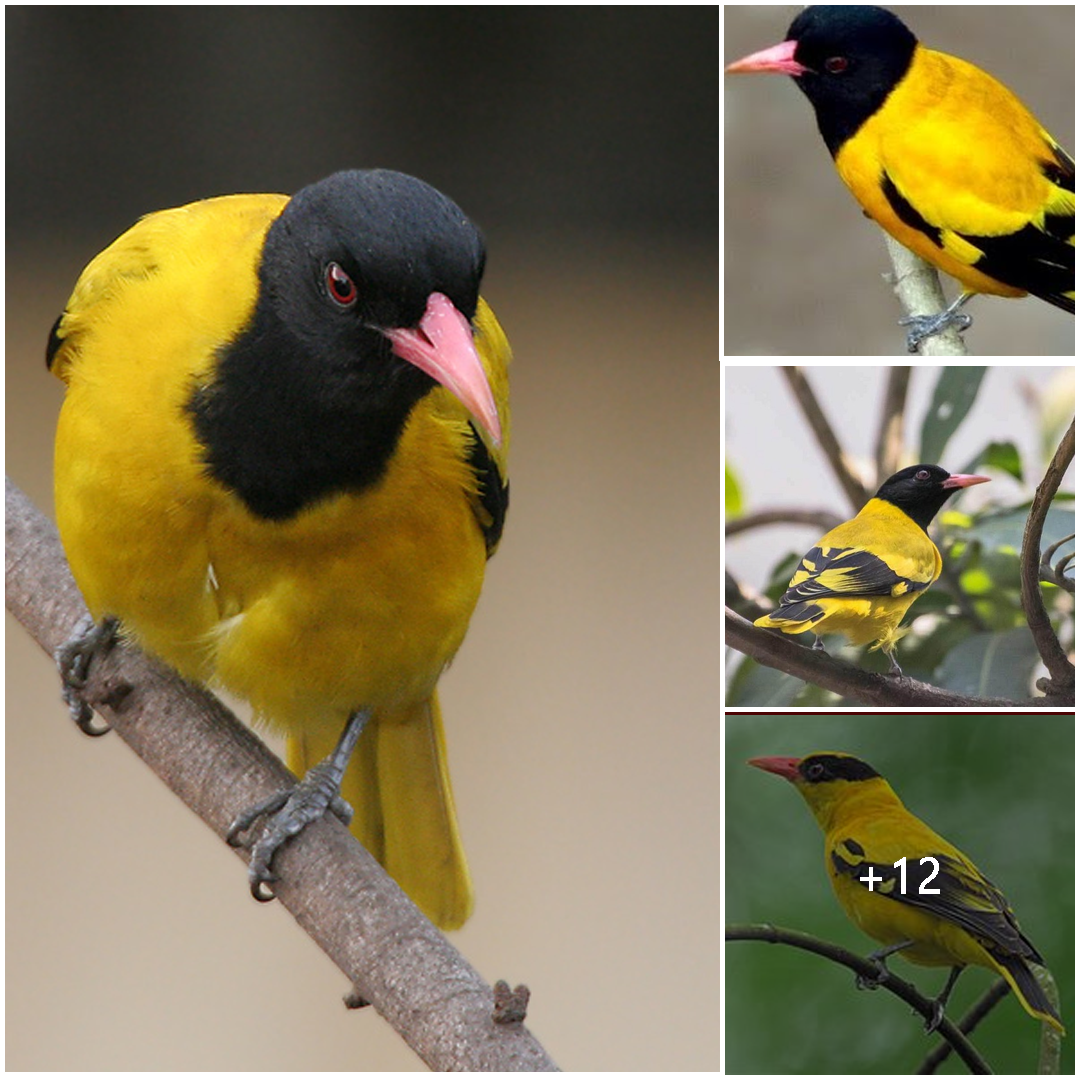
The Goldfinch: A Symbol of Beauty and Inspiration
The Goldfinch, known scientifically as Carduelis carduelis, is a small passerine bird that belongs to the finch family. With its vibrant plumage and melodious song, this charming bird has captured the hearts of birdwatchers and artists alike for centuries.
Physical Appearance:
The Goldfinch is easily recognizable by its striking appearance. It boasts a bright yellow body with black wings featuring white patches. Its face is adorned with a red mask that extends from its beak to its eyes, adding to its allure. During the breeding season, male Goldfinches display even brighter colors to attract mates, making them a sight to behold in the wild.
Habitat and Distribution:
Goldfinches are native to Europe, North Africa, and parts of Asia. They inhabit a variety of habitats, including woodlands, gardens, and parks, but are often found in areas with abundant thistle plants, their preferred food source. In recent years, Goldfinches have also adapted well to urban environments, where they can be seen frequenting bird feeders and gardens.
Behavior and Diet:
These social birds are often seen in small flocks, foraging together for seeds and insects. Goldfinches have a specialized diet, primarily feeding on the seeds of thistle plants. Their slender beaks are well adapted for extracting seeds from thistle heads, a skill that requires precision and dexterity.
Cultural Significance:
Throughout history, the Goldfinch has been a symbol of beauty, grace, and inspiration in art and literature. It has been depicted in numerous paintings by renowned artists such as Carel Fabritius and Donna Tartt’s Pulitzer Prize-winning novel “The Goldfinch.” In many cultures, the Goldfinch is associated with positive attributes such as happiness, prosperity, and freedom.
Conservation Status:
While the Goldfinch is not currently considered globally threatened, populations in some regions have faced declines due to habitat loss and changes in agricultural practices. Conservation efforts aimed at preserving natural habitats and providing food sources for Goldfinches have helped stabilize populations in certain areas.
Conclusion:
The Goldfinch’s beauty, song, and cultural significance make it a beloved bird species cherished by people around the world. Its presence in literature, art, and folklore serves as a reminder of the profound connection between humans and the natural world. As stewards of the environment, it is our responsibility to protect and preserve the habitats of these captivating birds for future generations to enjoy.





